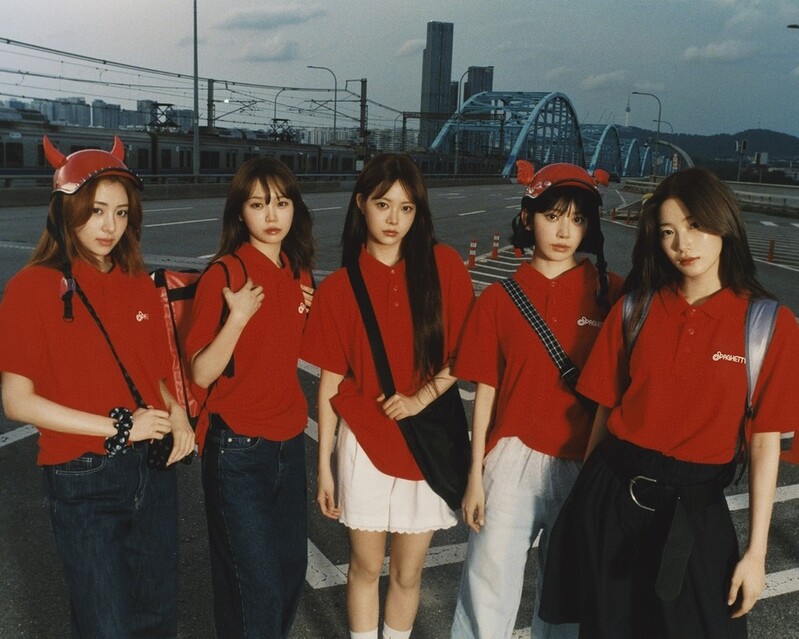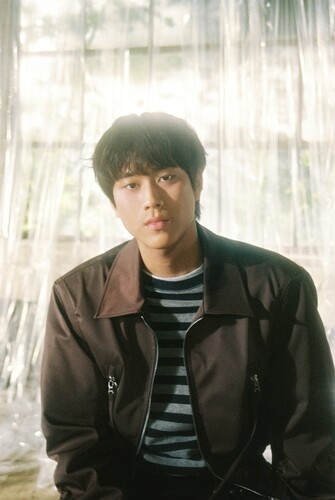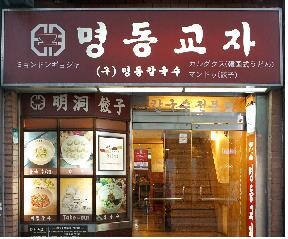 |
| ▲This photo provided by Seoul City Government show Myeongdong Kyoja. (PHOTO NOT FOR SALE) (Yonhap) |
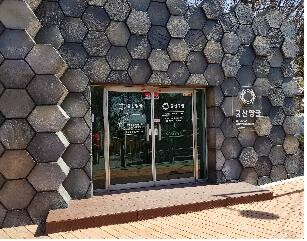 |
| ▲This photo provided by Seoul City Government show Gungsan Underground tunnel. (PHOTO NOT FOR SALE) (Yonhap) |
SEOUL December 28 (Yonhap) -- Seoul City Government has appointed ”Myeongdong Kyoja,” “Kyobo Book Centre,” “Gungsan Underground Tunnel,” and “Pyeongsanjae” as the “Future Heritage of Seoul” addressed city government on Wednesday.
"Future Heritage of Seoul" are the tangible and intangible subjects that are worthy of recognition in the future, however not have been properly appointed as Cultural Heritage. Over 505 of the “Future Heritage of Seoul” has been selected since it first began in 2013.
112 of the potential candidates were submitted, after an initial scanning, 29 of the subjects were selected by the committee of “Future Heritage of Seoul.” Later on 9 of the subjects were selected as the final candidate, and finally out of the 9, only four of the subjects were appointed as the “Future Heritage of Seoul.”
The original store of “Myeongdong Kyoja” which originally opened in 1970 has been passed down through second generation, is known for their kalguksu. “Myeongdong Kyoja” was recognized for their originality of “Myeongdong Kalguksu” and as one of the biggest tourist spot within Myeongdong district.
Moreover, the “Kyobo Book Centre” located in Gwanghwa Gate which first opened in 1981 was the biggest book store that existed in South Korea back then.
“Gungsan Underground Tunnel,” which is located in Gangseo district is an Underground tunnel which stopped its construction during right as when Korea was liberated from Japanese colonialism in 1940s, therefore the underground tunnel not only serves as a place to revisit and learn about the sad history of Korea but also to educate how brutal Japanese colonialism was.
continuing on, “Pyeongsanjae” which was originally built in Jongno district of Seoul in 1959 later on was transferred to Pyeongchang district in Seoul in 1978. “Pyeongsanjae” showcases the traditional house structure easily seen back the history, due to the well preserved house structure “Pyeongsanjae” was selected as one of the greatest Hanoak in 2020.
“Future Heritage of Seoul is a heritage that we as people come together to preserve,” adding “From now on we will do our best to develop further and expand so that our advertisement and contents will be suitable for digitalized society so that people will be more interested in our work.” addressed Joo Yong-tae, the general manager of the department of Culture within Seoul City government.
(This article is translated from Korean to English by Joonha Yoo)
(END)
(C) Yonhap News Agency. All Rights Reserved













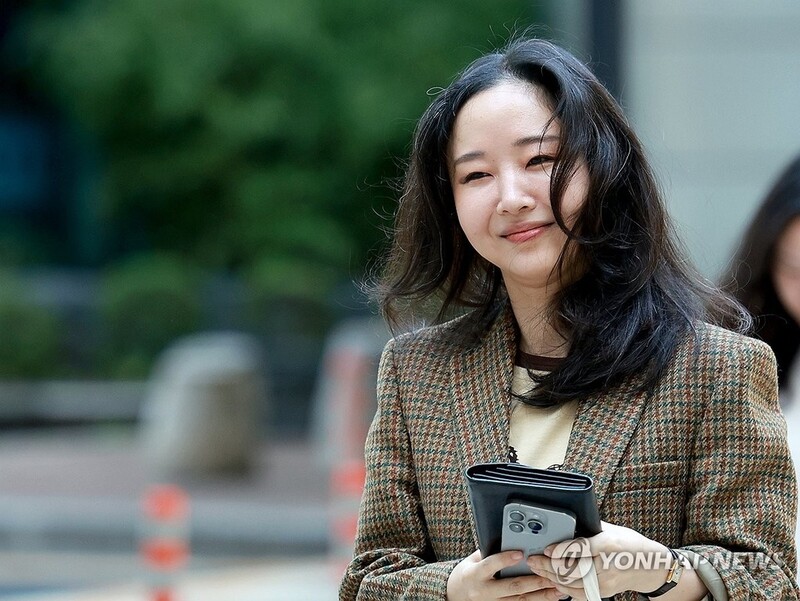
![[방송 소식] MBC 대학가요제 13년 만에 부활…26일 방송](https://korean-vibe.com/news/data/20251024/yna1065624915904676_716_thum.jpg)
![[신간] 레넌과 매카트니는 경쟁자였을까…'존 앤드 폴'](https://korean-vibe.com/news/data/20251024/yna1065624915904305_293.jpg)
